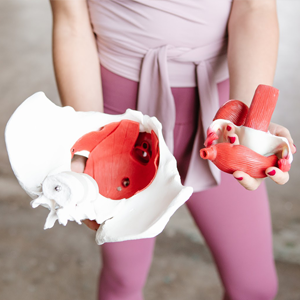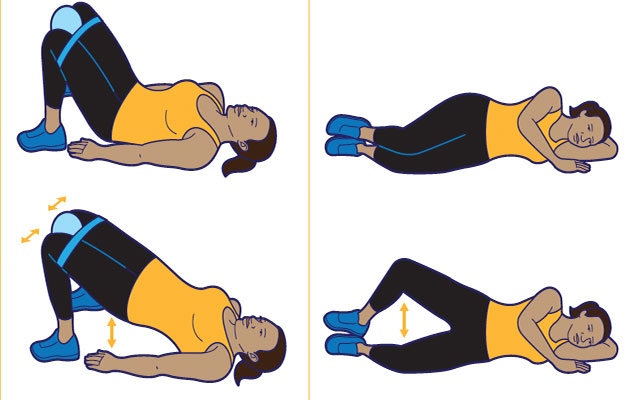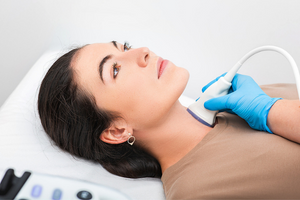What are the three main pelvic floor muscles?
The pelvic floor is a complex network of muscles, ligaments, and connective tissue that supports the organs of the pelvis, including the bladder, uterus, and rectum. There are several muscles that make up the pelvic floor, but according to the sources provided, the three main pelvic floor muscles are the levator ani muscles, the coccygeus muscle, and the fascia coverings of the muscles.
The levator ani muscles are the largest component of the pelvic floor muscles and consist of three separate muscle components: pubococcygeus, iliococcygeus, and puborectalis [1][2][7]. The pubococcygeus muscle, also known as the PC muscle, is particularly important for pelvic floor health and extends from the pubic bone to the tailbone, supporting the urethra, vagina, and rectum and providing rhythmic contractions during orgasm [5].
The coccygeus muscle, also known as the ischiococcygeus muscle, is a small, triangular muscle that runs from the ischial spine (a bony protrusion in the pelvis) to the coccyx (tailbone) [2][4]. It helps to support the pelvic floor and maintain continence of urine and feces [4].
Lastly, the fascia coverings of the muscles are an important component of the pelvic floor, providing support and protection for the muscles and organs of the pelvis [2][3].
In summary, the three main muscles of the pelvic floor are the levator ani muscles (which include the pubococcygeus muscle), the coccygeus muscle, and the fascia coverings of the muscles.


































